Would make a nice EME enabled holiday destination don’t you think? Whip-round anyone?
Via the Charleston Gazette-Mail, original post here.
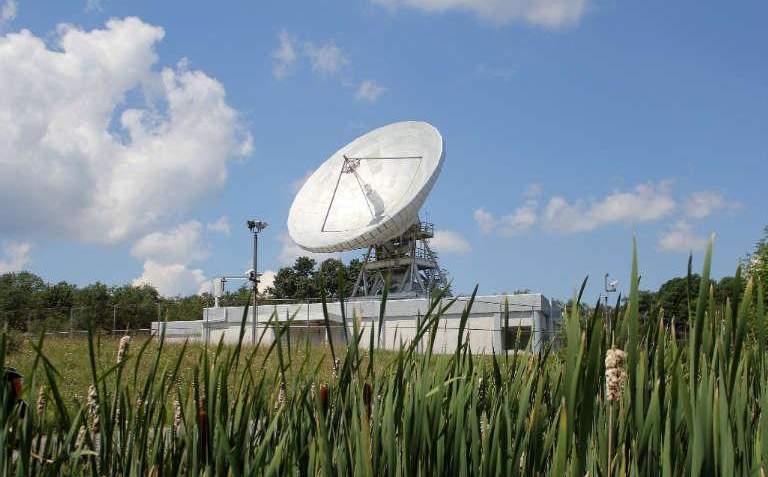 A 35,000-square-foot steel building topped with a 105-foot-diameter satellite dish with intercontinental reach and surrounded by a 12-foot security fence with a motorized, digitally controlled access gate could be the ultimate man cave — especially since the property includes 103 acres of Preston County forest and farmland with prime hunting and a stocked fishing pond.
A 35,000-square-foot steel building topped with a 105-foot-diameter satellite dish with intercontinental reach and surrounded by a 12-foot security fence with a motorized, digitally controlled access gate could be the ultimate man cave — especially since the property includes 103 acres of Preston County forest and farmland with prime hunting and a stocked fishing pond.
The former AT&T Lenox Earth Station is for sale. The asking price: $499,000.
The Lenox compound was built in the early 1980s by the Communications Satellite Corporation, or COMSAT, to serve as a “diversity” site for its Etam Earth Station, located 22 miles to the southwest, a short distance south of Rowlesburg. The Etam station, built in 1968, became the world’s busiest facility for handling satellite telecommunications traffic by the mid-1970s.
When a new series of geosynchronous satellites began orbiting the Earth in the late ’70s, making the Etam station even busier, COMSAT sought permission from the Federal Communications Commission to build a new earth station at Lenox to reduce service outages due to severe weather. According to COMSAT’s FCC filing, the ETAM station would be out of service about 90 times a year for one minute or more, totaling about 17 hours of down time annually, without the new Lenox station.
“Satellite service was transferred via microwave radio links to Lenox when there was heavy rain at the Etam location,” said AT&T spokeswoman Gayle Kansagor.
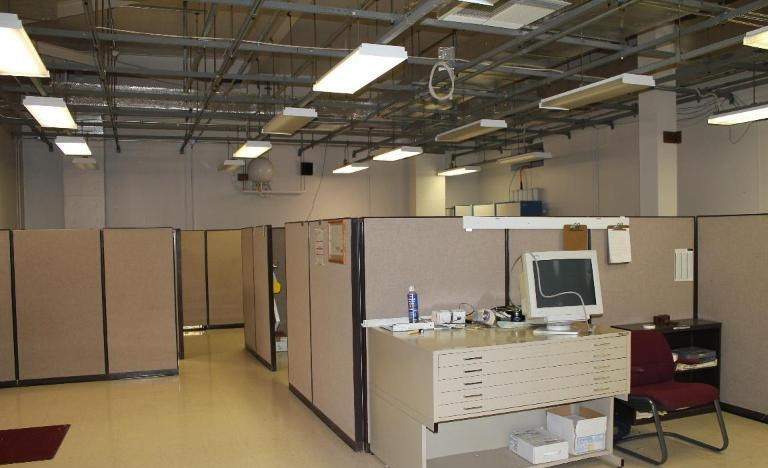 Due to its intermittent use, the station at Lenox was never heavily staffed. During its peak operations period in the mid-1980s, nine technicians worked at the facility, Kansagor said. But during the brief periods when the Etam station was down, the Lenox station handled telecommunications traffic that could include more than routine personal and commercial international phone calls. Etam also carried images from major international sporting events, NASA launches and landings, and from 1978 until the late 1980s, according to published reports, was a key link in the Washington-Moscow Hotline, designed to connect American presidents and Soviet leaders instantly communicate during times of crisis.
Due to its intermittent use, the station at Lenox was never heavily staffed. During its peak operations period in the mid-1980s, nine technicians worked at the facility, Kansagor said. But during the brief periods when the Etam station was down, the Lenox station handled telecommunications traffic that could include more than routine personal and commercial international phone calls. Etam also carried images from major international sporting events, NASA launches and landings, and from 1978 until the late 1980s, according to published reports, was a key link in the Washington-Moscow Hotline, designed to connect American presidents and Soviet leaders instantly communicate during times of crisis.
AT&T bought and assumed operation of both the Etam and Lenox earth stations in 1988, but closed the Lenox site as back-up to the still-busy Etam facility in late 1989, after “AT&T determined that it was no longer feasible to operate,” Kansagor said.
In the mid-1990s, Lenox was re-purposed “as a disaster recovery site for various AT&T international satellite earth stations serving the Atlantic Ocean region,” according to Kansagor. “The office was officially retired in 2012 following deployment of undersea fiber-optic cables to Europe, Africa and South America.”
“The building is huge, stays cool in the summer and has high tech security fencing and lighting,” said Sheri Ball of Ball Auction and Real Estate Services in Terra Alta, with whom the property is listed. “You could use it for a home or divide it into apartments, but right now, there aren’t any windows. It has three-phase security lighting, so you could back up to the loading dock and use it for a tanning bed, if you wanted.”
 Ball said that in addition to a five-acre paved parking lot adjacent to the building, the 103 acres that comes with the property, mineral rights included, is also level “and could be developed into a farm for raising livestock. There’s a large quarterhorse farm just down the road.”
Ball said that in addition to a five-acre paved parking lot adjacent to the building, the 103 acres that comes with the property, mineral rights included, is also level “and could be developed into a farm for raising livestock. There’s a large quarterhorse farm just down the road.”
Ball said she’s had several serious inquiries about the site, from both local individuals and earth station operators from outside the state. “I’ve had a few guys fly in to look at the property and then ask about giving the earth station to them in exchange for a tax write-off. I guess that’s something that actually happens somewhere, because I’ve heard that offer several times, now.”
The unincorporated community of Lenox lost its post office years ago, but the Lenox store along W.Va. Secondary Route 3, also known as the Brandonville Pike, operating there since 1882, and the Lenox Community Building has been hosting a New Year’s Day oyster stew dinner for the past 90 years.
“It’s in a beautiful place,” Ball said of her listing. “It’s just kind of in the middle of nowhere.”
Reach Rick Steelhammer at rsteelhamer@wvgazettemail.com, 304-348-5169, or follow @rsteelhammer on Twitter.
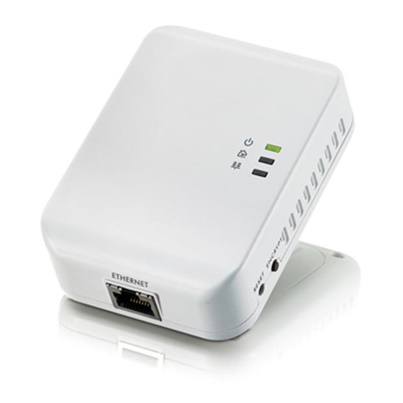

 A 35,000-square-foot steel building topped with a 105-foot-diameter satellite dish with intercontinental reach and surrounded by a 12-foot security fence with a motorized, digitally controlled access gate could be the ultimate man cave — especially since the property includes 103 acres of Preston County forest and farmland with prime hunting and a stocked fishing pond.
A 35,000-square-foot steel building topped with a 105-foot-diameter satellite dish with intercontinental reach and surrounded by a 12-foot security fence with a motorized, digitally controlled access gate could be the ultimate man cave — especially since the property includes 103 acres of Preston County forest and farmland with prime hunting and a stocked fishing pond. Due to its intermittent use, the station at Lenox was never heavily staffed. During its peak operations period in the mid-1980s, nine technicians worked at the facility, Kansagor said. But during the brief periods when the Etam station was down, the Lenox station handled telecommunications traffic that could include more than routine personal and commercial international phone calls. Etam also carried images from major international sporting events, NASA launches and landings, and from 1978 until the late 1980s, according to published reports, was a key link in the Washington-Moscow Hotline, designed to connect American presidents and Soviet leaders instantly communicate during times of crisis.
Due to its intermittent use, the station at Lenox was never heavily staffed. During its peak operations period in the mid-1980s, nine technicians worked at the facility, Kansagor said. But during the brief periods when the Etam station was down, the Lenox station handled telecommunications traffic that could include more than routine personal and commercial international phone calls. Etam also carried images from major international sporting events, NASA launches and landings, and from 1978 until the late 1980s, according to published reports, was a key link in the Washington-Moscow Hotline, designed to connect American presidents and Soviet leaders instantly communicate during times of crisis. Ball said that in addition to a five-acre paved parking lot adjacent to the building, the 103 acres that comes with the property, mineral rights included, is also level “and could be developed into a farm for raising livestock. There’s a large quarterhorse farm just down the road.”
Ball said that in addition to a five-acre paved parking lot adjacent to the building, the 103 acres that comes with the property, mineral rights included, is also level “and could be developed into a farm for raising livestock. There’s a large quarterhorse farm just down the road.”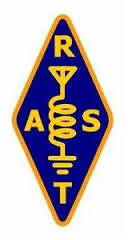 From
From 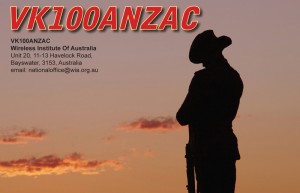 From the
From the